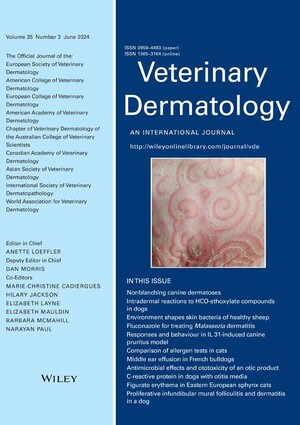
Genomic epidemiology of Escherichia coli: antimicrobial resistance through a One Health lens in sympatric humans, livestock and peri-domestic wildlife in Nairobi, Kenya
Abstract
Background
Livestock systems have been proposed as a reservoir for antimicrobial-resistant (AMR) bacteria and AMR genetic determinants that may infect or colonise humans, yet quantitative evidence regarding their epidemiological role remains lacking. Here, we used a combination of genomics, epidemiology and ecology to investigate patterns of AMR gene carriage in Escherichia coli, regarded as a sentinel organism.
Methods
We conducted a structured epidemiological survey of 99 households across Nairobi, Kenya, and whole genome sequenced E. coli isolates from 311 human, 606 livestock and 399 wildlife faecal samples. We used statistical models to investigate the prevalence of AMR carriage and characterise AMR gene diversity and structure of AMR genes in different host populations across the city. We also investigated household-level risk factors for the exchange of AMR genes between sympatric humans and livestock.
Results
We detected 56 unique acquired genes along with 13 point mutations present in variable proportions in human and animal isolates, known to confer resistance to nine antibiotic classes. We find that AMR gene community composition is not associated with host species, but AMR genes were frequently co-located, potentially enabling the acquisition and dispersal of multi-drug resistance in a single step. We find that whilst keeping livestock had no influence on human AMR gene carriage, the potential for AMR transmission across human-livestock interfaces is greatest when manure is poorly disposed of and in larger households.
Conclusions
Findings of widespread carriage of AMR bacteria in human and animal populations, including in long-distance wildlife species, in community settings highlight the value of evidence-based surveillance to address antimicrobial resistance on a global scale. Our genomic analysis provided an in-depth understanding of AMR determinants at the interfaces of One Health sectors that will inform AMR prevention and control.
Citation
Muloi, D.M., Hassell, J.M., Wee, B.A., Ward, M.J., Bettridge, J.M., Kivali, V., Kiyong'a, A., Ndinda, C., Gitahi, N., Ouko, T., Imboma, T., Akoko, J., Murungi, M.K., Njoroge, S.M., Muinde, P., Alumasa, L., Kaitho, T., Amanya, F., Ogendo, A., Bunnik, B.A.D. van, Kiiru, J., Robinson, T.P., Kang'ethe, E.K., Kariuki, S., Pedersen, A.B., Fèvre, E.M. and Woolhouse, M.E.J. 2022. Genomic epidemiology of Escherichia coli: antimicrobial resistance through a One Health lens in sympatric humans, livestock and peri-domestic wildlife in Nairobi, Kenya. BMC Medicine 20: 471.










